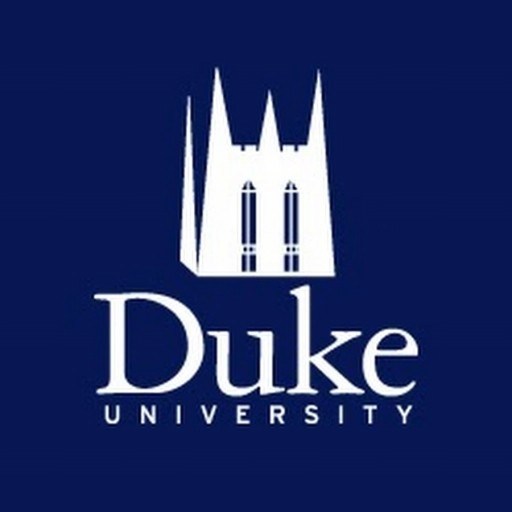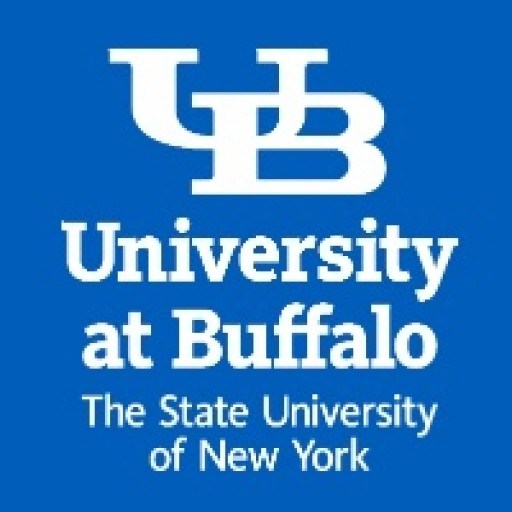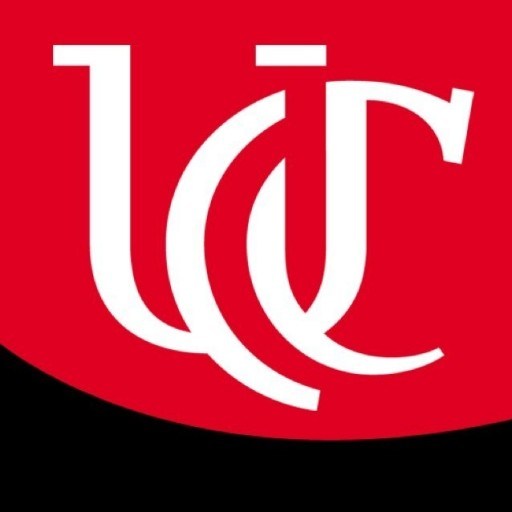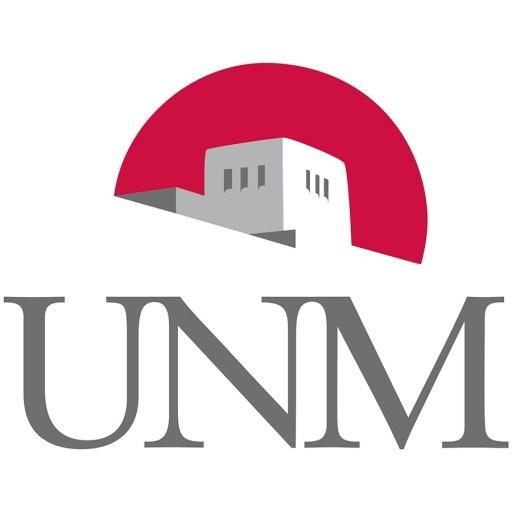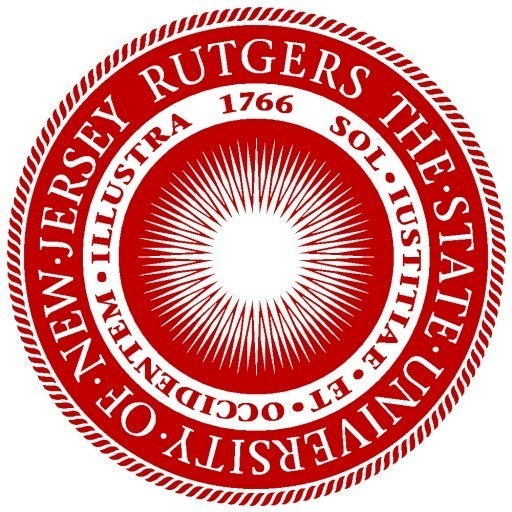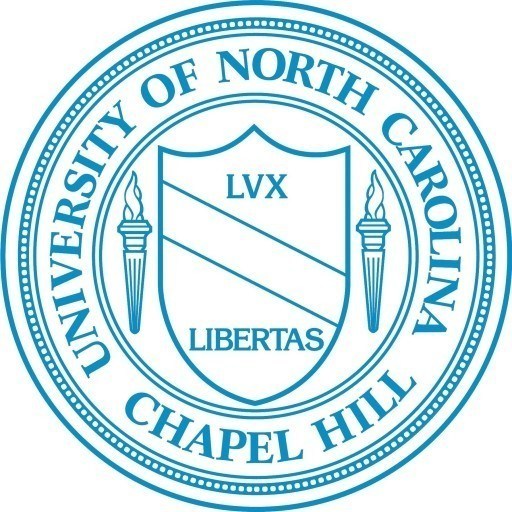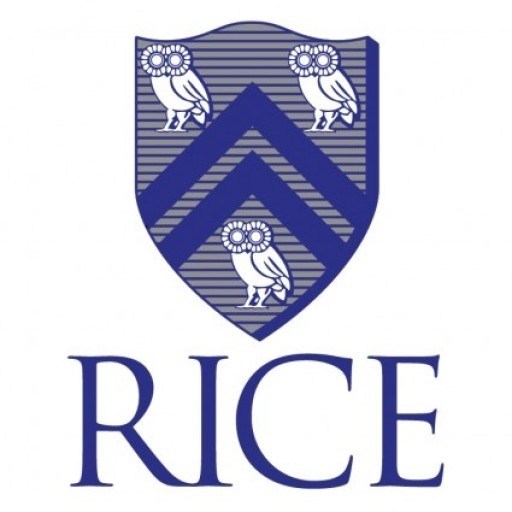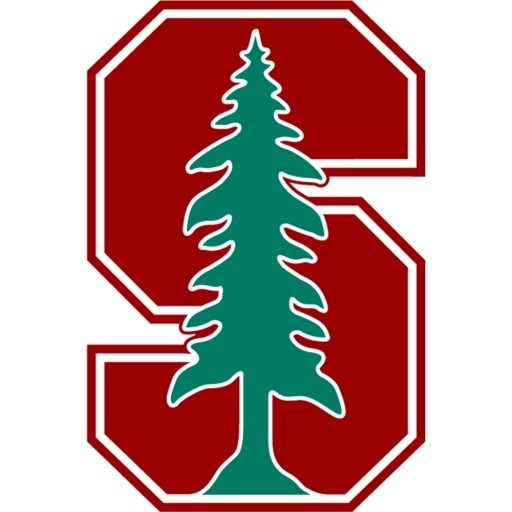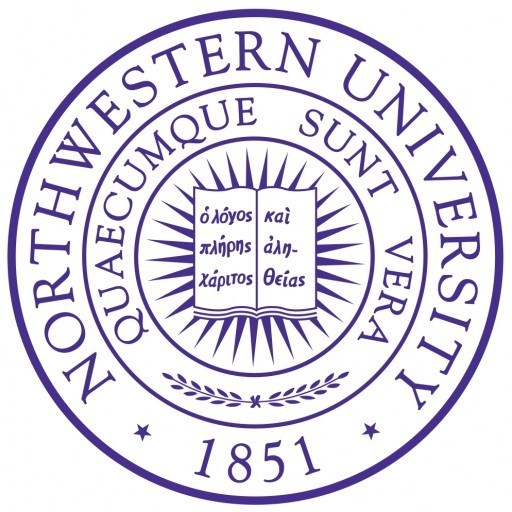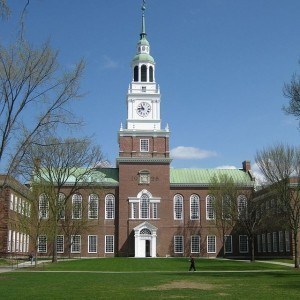Photos of university / #dukeuniversity
art history students at duke university explore the rich visual traditions of the world, examining artworks from diverse cultures and historical periods. The program provides a comprehensive curriculum that combines theoretical approaches, critical analysis, and technical skills to deepen understanding of visual culture. Students study a wide range of subjects including ancient, medieval, Renaissance, modern, and contemporary art, as well as architecture, photography, and other visual media. The program encourages critical thinking and contextual analysis, allowing students to interpret artworks within their social, political, and cultural contexts. Through rigorous coursework, students develop skills in visual analysis, research, and scholarly writing, preparing them for careers in museums, galleries, cultural organizations, academia, and related fields. The program also offers opportunities for hands-on experience with collections and exhibitions, internships, and participation in research projects. Faculty members are experts in their fields, providing mentorship and guidance to support students' academic and professional growth. The art history program at Duke emphasizes an interdisciplinary approach, integrating insights from history, anthropology, philosophy, and other disciplines to enrich students' understanding of art and its impact on society. Students are encouraged to engage critically with contemporary issues related to cultural heritage, preservation, and globalization. The program culminates in a major research project or thesis, demonstrating students’ ability to conduct independent scholarly work. Graduates of the program go on to pursue advanced degrees, careers in arts administration, curation, education, and beyond. The dynamic academic environment at Duke supports a vibrant community of learners passionate about exploring the visual world.
- 11 courses
- Areas of study include ancient, medieval, Renaissance/Baroque, modern and non-western art history
- Foreign language study is recommended
|
ARTHIST89S |
First-Year Seminar |
|
ARTHIST 104.01 |
Exploring Art and Architecture |
|
ARTHIST101D |
Introduction to the History of Art |
|
ARTHIST102D |
Introduction to the History of Art |
|
ARTHIST121 |
Medieval Cultures |
|
ARTHIST152 |
Renaissance Cultures |
|
ARTHIST185FS |
The Languages of Art |
|
ARTHIST190A |
Duke-Administered Study Abroad: Special Topics in Art History |
|
ARTHIST190FS |
Topics in Art History |
|
ARTHIST190S |
Special Topics in Art History |
|
ARTHIST197A |
Visual Culture Outside the United States, I |
|
ARTHIST198A |
Visual Culture Outside the United States, II |
|
ARTHIST 220 |
Museum Theory and Practice |
|
ARTHIST 256 |
Italian Baroque Art |
|
ARTHIST203 |
Visualizing Cultural Dissent in Modernism, 1880-1945 |
|
ARTHIST205 |
The Aegean Bronze Age |
|
ARTHIST206 |
Early Greek Archaeology: From the Fall of Mycenae to the Persian Wars |
|
ARTHIST207 |
Classical Greek Archaeology, Archaic to Classical |
|
ARTHIST208 |
Art and Archaeology of Ancient Athens |
|
ARTHIST209A |
Rome: History of the City |
|
ARTHIST210 |
The Art of Greece and Rome |
|
ARTHIST225 |
Gothic Cathedrals |
|
ARTHIST226 |
Medieval Architecture |
|
ARTHIST227 |
Eighteenth-Century Art and Architecture |
|
ARTHIST229 |
Contemporary Performance |
|
ARTHIST232 |
Japanese Art, 1600 to the Present |
|
ARTHIST233 |
Japanese Print Culture |
|
ARTHIST238 |
Science Fiction Film |
|
ARTHIST250 |
Introduction to Modern Latin American Art and Visual Culture |
|
ARTHIST255 |
Art in Renaissance Italy |
|
ARTHIST255A |
Renaissance and Baroque Art History |
|
ARTHIST256 |
Art in Spain During the Golden Age |
|
ARTHIST258FS |
Renaissance Architecture in Italy: Brunelleschi to Michelangelo |
|
ARTHIST259 |
Michelangelo in Context |
|
ARTHIST260, VMS293 |
French Art and Visual Culture in the Early Modern Period |
|
ARTHIST261 |
The Contemporary Art Market |
|
ARTHIST278 |
European Art 1760-1850 |
|
ARTHIST279 |
European Art 1850-1900 |
|
ARTHIST280 |
European Art 1900-1945 |
|
ARTHIST282S |
Painting Russia Red: Early Soviet Culture, 1917-1934 |
|
ARTHIST283 |
African American Art |
|
ARTHIST285 |
Modern Architecture |
|
ARTHIST285D |
Modern Architecture |
|
ARTHIST286D |
Contemporary Architecture |
|
ARTHIST287 |
Russian Art and Politics: 1800-Present |
|
ARTHIST287FS |
Russian Art and Politics |
|
ARTHIST288 |
Dada and Surrealism |
|
ARTHIST289S |
Soviet Art after Stalin: 1956-1991 |
|
ARTHIST290 |
Special Topics in Art History |
|
ARTHIST290-1 |
Topics in Medieval Art and Architecture |
|
ARTHIST290A-1 |
Topics in Italian Art and Architecture |
|
ARTHIST291 |
Independent Study |
|
ARTHIST292 |
Independent Study |
|
ARTHIST293 |
Research Independent Study |
|
ARTHIST294 |
Research Independent Study |
|
ARTHIST295 |
Chinese Art 1900 to Present |
|
ARTHIST296A |
Berlin: Architecture, Art and the City, 1871-Present |
|
ARTHIST297A |
Art and Architecture of Berlin, Fifteenth to the Twentieth Century |
|
ARTHIST298 |
History of Impressionism |
|
ARTHIST260, VMS293 |
French Art and Visual Culture in the Early Modern Period |
|
ARTHIST301 |
English Art 1740-1850: Hogarth to the Pre-Raphaelites |
|
ARTHIST302 |
French Art 1780-1850 |
|
ARTHIST304 |
Cubism and Culture |
|
ARTSVIS305L, ARTHIST305L, VMS332L |
Virtual Museums: Theories and Methods of 21st Century Museums |
|
ARTHIST310 |
Museum Internship |
|
ARTHIST311 |
Museum Internship, Part 2 |
|
ARTHIST337 |
Netherlandish Art and Visual Culture in the Seventeenth and Eighteenth Centuries |
|
ARTHIST340S |
Classical Sculpture |
|
ARTHIST378 |
Chinese Buddhist Art |
|
ARTHIST379 |
Art, Architecture, and Masquerade in Africa |
|
ARTHIST381D |
Global Art Since 1945 |
|
ARTHIST383 |
The Black Atlantic |
|
ARTHIST384 |
Art of the United States |
|
ARTHIST390 |
Special Topics in Art History |
|
ARTHIST390-1 |
Topics in Renaissance Art |
|
ARTHIST390A |
Duke-Administered Study Abroad: Advanced Special Topics in Art History |
|
ARTHIST390S |
Special Topics in Art History |
|
ARTHIST390SL |
Special Topics in Art History and Digital Visualization |
|
ARTSVIS305L, ARTHIST305L, VMS332L |
Virtual Museums: Theories and Methods of 21st Century Museums |
|
ARTSVIS305L, ARTHIST305L, VMS332L |
Virtual Museums: Theories and Methods of 21st Century Museums |
|
ARTHIST490-1 |
Topics in Nineteenth Century European Art |
|
ARTHIST490-2 |
Topics in Twentieth Century Art (TOP) |
|
ARTHIST490-3 |
Topics in Contemporary Art |
|
ARTHIST490-4 |
Topics in History of Photography |
|
ARTHIST490S |
Special Topics |
|
ARTHIST491 |
Independent Study |
|
ARTHIST492 |
Independent Study |
|
ARTHIST494 |
Research Independent Study |
- Common Application or Coalition Application
- Early Decision Agreement
- Secondary School Report with Counselor Recommendation
- High School Transcript
- Two Teacher Recommendations
- First Quarter Grades
- Midyear Grade Report
- Final Transcript
- SAT (Two Subject Tests strongly recommended) or ACT with Writing
- IELTS (International English Language Testing System) Minimum band score expected: 7
- PTE Academic (Pearson Test of English) Minimum score expected: 70
- TOEFL (Test of English as a Foreign Language) Minimum scores expected: 100 on the internet-based TOEFL, 600 on the paper-based TOEFL
Scholarships
Duke University will meet full demonstrated financial need for a limited number of international students. Each year Duke expects to enroll 20-25 first-year foreign citizens who receive need-based financial aid and/or merit-based scholarships. There is no need-based aid for international transfer applicants.
The Art History program at Duke University offers students a comprehensive and rigorous curriculum designed to provide an in-depth understanding of visual art across a broad spectrum of cultures, periods, and media. The program encourages the development of critical thinking, visual analysis, and interpretive skills necessary for careers in art history, curation, education, and related fields. Students engaged in the program have the opportunity to study a rich array of topics including ancient, medieval, Renaissance, modern, and contemporary art, with the flexibility to specialize in specific regions such as Asian, African, European, or American art. The curriculum combines core courses in art history methodology and theory with specialized courses that delve into particular periods or themes, fostering a well-rounded scholarly foundation.
Duke’s Art History faculty are distinguished scholars committed to mentoring students and fostering academic excellence. The program also emphasizes experiential learning through opportunities for internships, museum visits, and research projects. Students may participate in collaborative research with faculty, attend lectures and seminars by visiting artists and scholars, and have access to Duke’s extensive library collections and research facilities. The program can be pursued as a major or minor, allowing students to tailor their academic experience according to personal interests and career goals.
Alumni of the Art History program at Duke have gone on to successful careers in museum curation, art conservation, academia, arts administration, and publishing. The department fosters a vibrant intellectual community, encouraging dialogue and engagement with contemporary issues in art and culture. Overall, the program prepares students with the analytical skills, historical knowledge, and cultural awareness needed to critically examine visual culture and contribute meaningfully to the field of art history.
